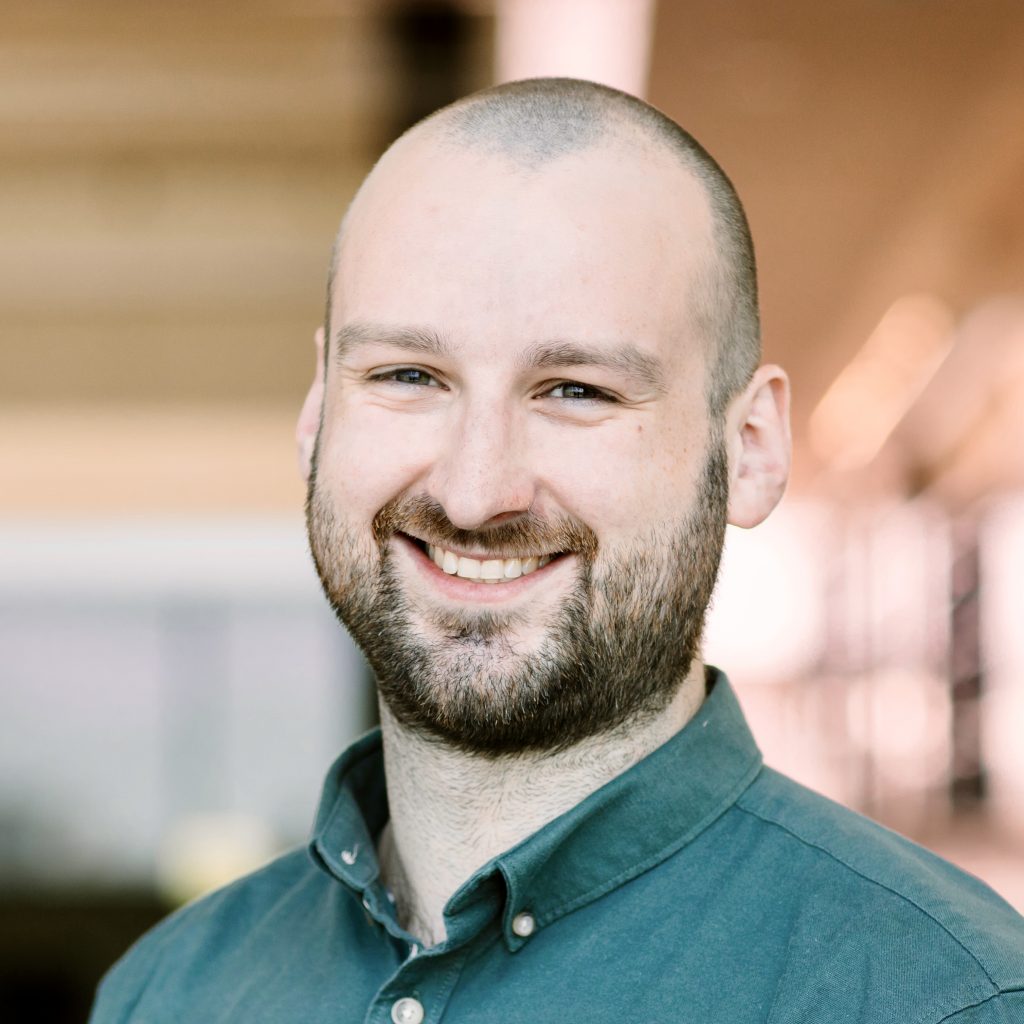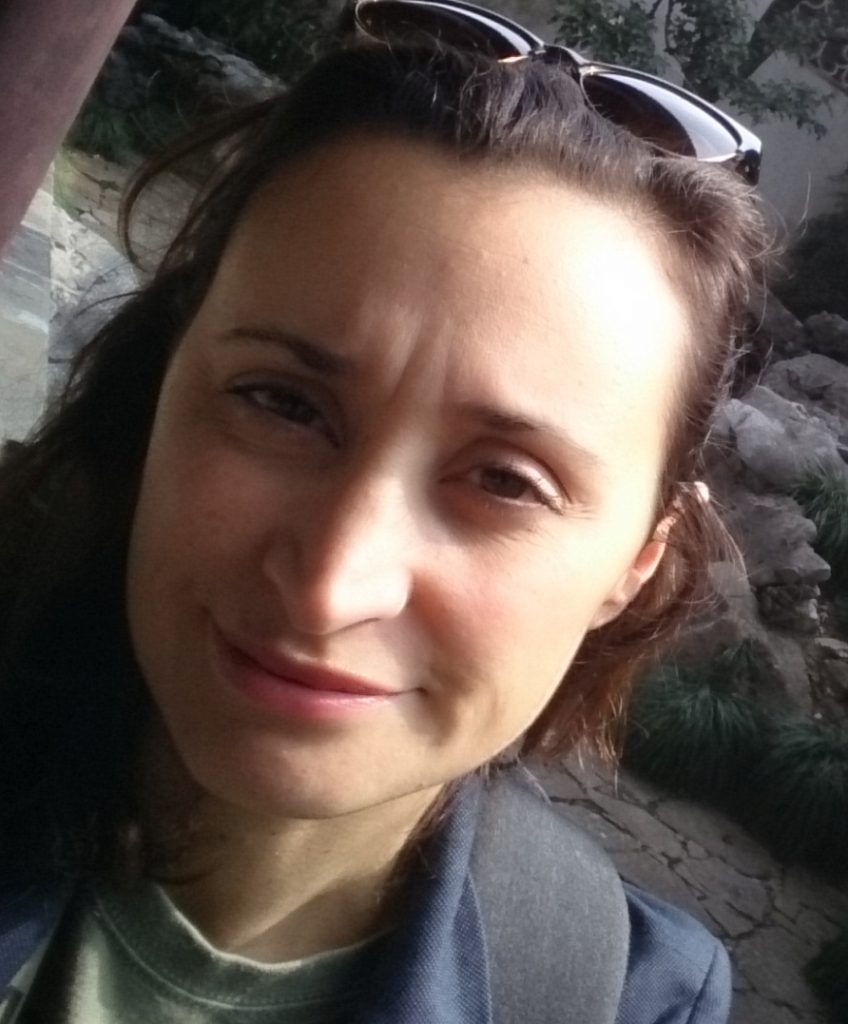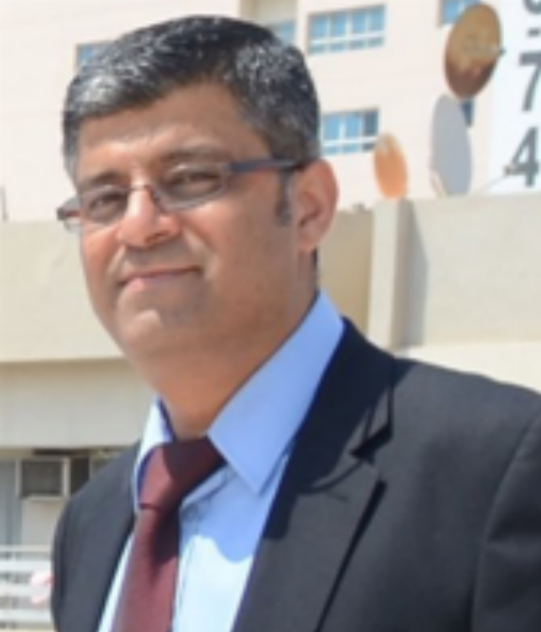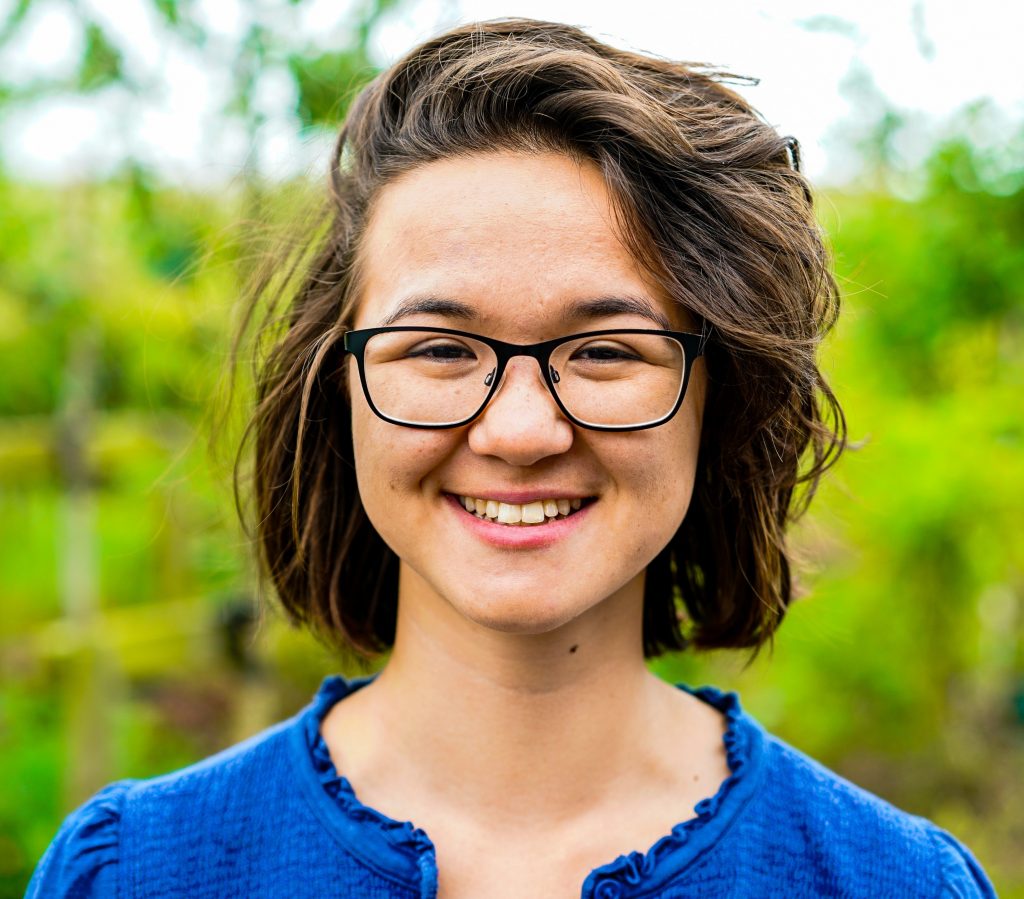As Trystan put it, “I haven’t let many people leave,” but from time to time, SPECIFIC staff members go on to pursue new ventures. “Where are those people now?” we hear you ask. We tracked down a few of them to find out…
Who they are: Dr Joel Troughton
What they did at SPECIFIC: Joel started his EngD with Trystan Watson back in 2011, just as SPECIFIC was launching. The hot topic at the time, and the subject of his doctorate, was solid-state dye-sensitised solar cells and their applications into building cladding with Tata Steel.
Around the same time, perovskite PV came onto the scene and SPECIFIC got involved with the exciting new technology. The PV team published a lot of papers in the following years, which put the project on the map as a pioneer in the technology’s scale-up. After his EngD, Joel stayed on as a post-doctoral researcher for 2 years, continuing to work on the technology.
What they do now: Joel currently works as a research scientist at the King Abdullah University of Science and Technology (KAUST) in Saudi Arabia. He’s still researching solar energy materials, but is now branching out into new organic photovoltaics with new and interesting optical properties. Whilst here, he also helped co-found a company, iyris, with Daniel Bryant and a few others. They developed a new process to make highly transparent solar panels which is aimed to integrate into desert greenhouses to block heat and generate electricity whilst allowing plants to grow. So far, they have raised around $900k in funding for commercialisation.


Who they are: Dr Chris Morgans
What they did at SPECIFIC: Chris worked at SPECIFIC from February 2013 to January 2018, initially as the inaugural Facilities Manager, progressing towards Strategic Operations Manager.
What they do now: Chris is currently working for Dave Worsley on his portfolio of projects, specifically looking at the infrastructure and operational requirements of the National Steel Innovation Centre (NSIC) project. He is also actively working on creating a new project called the Construction Innovation & Transformation (CIT) centre, which will provide the construction sector with an innovation and talent framework to provide a long-term, globally competitive sector.
Who they are: Dr Francesca De Rossi
What they did at SPECIFIC: Francesca worked at SPECIFIC from February 2015 until December 2018 as a Technology Transfer Fellow in the PV team. She was in charge of the stability lab and activities and worked with Jenny, Simone, and Katherine, and then with Vasil, Dimitrios and Carys, on perovskite solar cells based on a printable triple mesoscopic stack. In that period, Francesca learnt a lot, developed technical skills, and improved as a researcher.
What they do now: Currently in her hometown of Rome, Francesca works at CHOSE (Centre for Hybrid and Organic Solar Energy) at the University of Rome Tor Vergata, where she got her PhD. She joined Prof Francesca Brunetti’s group as a fixed-term researcher and mainly works on the upscaling and long-term stability of perovskite solar cells on flexible substrates, within an EU H2020 project called APOLO.
“I would like to thank Trystan and all at SPECIFIC for their support and for being such great colleagues.”


Who they are: Dr Khalil Khan
What they did at SPECIFIC: Khalil studied for his PhD at Swansea University between June 2009 – June 2012. During the last two years of his PhD, he was lab supervisor for the scanning lab in Baglan. In this time, Khalil performed experiments studying corrosion, maintained the equipment and supplies, and trained staff, students and industry professionals on the use of the SVET (Scanning Vibrating Electrode Technique) and the SKP (Scanning Kelvin Probe). In the summer of 2012, Khalil officially joined the SPECIFIC team as a Technology Transfer Fellow, where the focus of his work was corrosion investigation, supporting early stage battery research alongside Ian Mabbett. Later, he was also involved with a water treatment project, which was a collaboration with Thames Water, Isle Utilities, Uniliver and SPECIFIC. The Water Research and Prototype concept won TATA Teel India’s Innovation Award.
What they do now: In 2013, Khalil joined METAL as an industrial lecturer, developing and delivering specialised training to the Welsh industries. He has subsequently transitioned to the role of project manager for METAL. The project has grown, as has the team. At first, METAL was permitted to work with businesses in West Wales and the Valleys and was due to end in August 2015. In early 2018, Khalil and the METAL team secured funding allowing the project to operate until August 2022 and to continue to support Welsh business via the provision of specialised training courses addressing skills gaps. In 2019, they secured additional funding and grew the operation so that METAL can now provide support to businesses across Wales.
Who they are: Dr Emily Speller
What they did at SPECIFIC: Between October 2014 and June 2018, Emily worked within Chung’s group, initially as a PhD student then as a post doc whilst completing her thesis. Emily’s research was focused on the photochemical stability of electron accepting semiconductors used in organic photovoltaics and how they contributed to the overall device stability.
What they do now: Emily is now in Milan working as a post doc at the Italian Institute of Technology. She is in Dr Annamaria Petrozza’s group, which takes a photophysical approach to investigate the optoelectronic properties of perovskite semiconductors and associated devices. Emily is an Early Stage Researcher in a Marie Curie training network which aims to make perovskites truly exploitable. She is currently working on how ion migration affects the material stability in perovskite solar cells.


Who they are: Dr Stoichko Dimitrov
What they did at SPECIFIC: Stoichko worked with SPECIFIC from December 2016 until August 2019. He worked on the development of the next generation semiconductors and optoelectronic devices for applications in renewable energy and optoelectronic technologies.
What they do now: Stoichko is now a lecturer in the Chemistry Department of Queen Mary University of London where he leads a group in Photochemistry and Photophysics of functional nanomaterials and semiconductors.